
The 2024 cicada emergence in Illinois is a rare and historic event that will captivate the attention of residents and entomologists alike. This article delves into the fascinating world of periodical cicadas, their impact on the ecosystem, and the preparations needed to protect trees and landscapes during this extraordinary occurrence.
Introduction: A Rare and Historic Event
The synchronous emergence of Brood XIII and Brood XIX cicadas in Illinois in 2024 is a phenomenon that occurs once every 221 years. This dual explosion of cicadas will bring billions of insects to the surface, creating a spectacular display of nature's intricate life cycles and providing a rare opportunity to witness the wonders of the natural world firsthand.
Understanding Periodical Cicadas
Periodical cicadas are unique insects that spend most of their lives underground, emerging only after a specific number of years. Brood XIII cicadas, which will emerge in the Chicago area, have a 17-year life cycle. In contrast, Brood XIX cicadas, expected to appear in southern Illinois, follow a 13-year life cycle.
| Brood | Life Cycle | Emergence Year |
|---|---|---|
| Brood XIII | 17 years | 2024 |
| Brood XIX | 13 years | 2024 |
Geographic Distribution of Emergences
The cicada emergence will encompass a significant portion of Illinois, with different regions experiencing the arrival of specific broods. The Chicago area will witness the emergence of Brood XIII, while southern Illinois will be visited by Brood XIX. In one portion of the state, an overlap of the two broods is possible, adding to the uniqueness of the event.
The 2024 cicada emergence in Illinois is expected to be of an unprecedented magnitude, with billions of cicadas anticipated to emerge from the ground. This event will likely surpass previous emergences in terms of sheer numbers and geographic extent.
Cicada Life Cycle and Behavior
Periodical cicadas exhibit a fascinating life cycle that begins with their synchronized emergence from the soil. The life cycle of a cicada consists of three main stages: eggs, nymphs, and adults.

1. Eggs: Female cicadas lay up to 600 eggs in the twigs and branches of trees and shrubs. These eggs hatch after 40–60 days, giving rise to the next generation of cicadas.
2. Nymphs: After hatching, the nymphs fall to the ground and burrow 1–2 feet into the soil, where they feed on the fluids in plant roots, including trees. Cicada nymphs undergo five stages of development, molting their exoskeletons after each stage and growing larger each time. Most cicada species, including Brood XIII in Northern Illinois, spend 13 or 17 years in the nymph stage, depending on their specific life cycle.
| Brood | Life Cycle Duration | Emergence Year |
|---|---|---|
| Brood XIII (Northern Illinois) | 17 years | 2024 |
| Other periodical cicada broods | 13 years | Varies |
3. Adults: After spending years underground as nymphs, the mature cicadas emerge from the soil in a synchronized manner. They climb onto trees or shrubs and undergo a final molt, shedding their exoskeletons to become adult cicadas. The emergence of cicadas is a spectacular sight, with billions of insects appearing seemingly overnight.
Once they have reached adulthood, cicadas have a relatively short lifespan of about 14–50 days. During this time, the males engage in loud, species-specific mating calls to attract females. The cicadas' chorus can reach impressive volumes, filling the air with their distinctive sounds.
After mating, female cicadas use their saw-like ovipositors to create slits in the branches of trees, where they lay their eggs. Each female can lay up to 400 eggs, ensuring the continuation of the cicada life cycle. Once the eggs are laid, the adult cicadas die, their life purpose fulfilled.
- Eggs hatch after 40–60 days
- Nymphs burrow into the soil and feed on plant roots
- Nymphs undergo five stages of development over 13 or 17 years
- Adult cicadas emerge, mate, lay eggs, and die within 14–50 days
The synchronized emergence of periodical cicadas, such as Brood XIII in Northern Illinois, is a remarkable adaptation that helps ensure the survival of the species. By emerging in large numbers, cicadas overwhelm potential predators, increasing their chances of successful reproduction.
Impact on Trees and Landscapes
The egg-laying behavior of female cicadas can have a significant impact on trees and landscapes. Cicadas create slits in the branches of trees to deposit their eggs, which can cause damage, especially to young trees and small branches. Female cicadas use their specialized ovipositor to cut open branches, creating scars that can be several inches long. This damage, known as flagging, results in the browning and wilting of leaves at the tips of affected branches.
Maples, fruit trees (including apple, plum, cherry, etc.), and even baby oaks are among the tree species most vulnerable to cicada damage. The large branches of mature trees won't be affected, as the ovipositor can't slice through thick bark. However, young trees and branches of 2 inches or less in diameter (think pencil-sized) will be prime targets for egg-laying.
Protecting Trees from Cicada Damage
To minimize the impact of cicada egg-laying on trees, it is essential to take proactive steps to protect your landscape. Female cicadas are equipped with a specialized organ called an ovipositor, which they use to make slits in tree branches and deposit their eggs. Stephanie Adams, a tree pathologist at Morton Arboretum, likens this process to "taking a razor blade and cutting into a branch."
While mature trees with thick bark are generally unaffected by cicada egg-laying, young trees and branches less than 2 inches in diameter are particularly vulnerable. To safeguard your trees and shrubs from periodical cicada damage, consider the following preventive measures:
1. Timing is key: Avoid planting new trees and shrubs the year before or during the spring of a periodical cicada emergence. If planting is unavoidable, opt for plants with a stem diameter of at least 2½ inches, as they are more resilient to cicada damage.
2. Use protective netting: Place netting with openings no larger than ¼ inch around small trees and shrubs, making sure it is securely fastened around the base to prevent cicadas from crawling up from the ground. Consider building a frame around the plants to keep branches from touching the netting, as cicadas can still lay eggs on contact.
3. Prune affected branches: If you notice twigs or branches with cicada eggs, prune them off to stop nymphs from reaching the ground and feeding on the tree's roots. However, don't be too concerned about nymph feeding, as it rarely causes significant harm to trees.
4. Avoid insecticides: While it may be tempting to reach for insecticides to control cicadas, this approach is not recommended. Large, healthy trees can withstand the egg-laying process without long-term consequences, as they have adapted to this natural phenomenon over thousands of years. Moreover, insecticides are less effective than physical barriers like netting and can harm beneficial organisms and cicada predators.
5. Don't rely on natural predators: Cicada killer wasps, which prey on annual or dog-day cicadas, will not provide any relief from periodical cicadas. These wasps emerge later in the year, by which time the periodical cicada adults will have already completed their life cycle.
By following these guidelines and staying informed about the timing of cicada emergences in your area, you can effectively protect your trees and shrubs from the potential damage caused by periodical cicadas. Remember, while the egg-laying process may cause temporary aesthetic issues, most trees will recover without lasting effects.
Role of Professional Tree Services
Homeowners and landscapers can benefit from the expertise of professional tree care like Progressive Tree Service in Chicago and nearby during the cicada emergence. These companies employ certified arborists and skilled tree climbers who can provide comprehensive tree care solutions tailored to the unique challenges posed by cicadas.
- Expertise in cicada-related tree care
- Certified arborists and skilled tree climbers
- Comprehensive tree care solutions
Cicadas in the Ecosystem
While the cicada emergence may cause temporary disruptions and aesthetic concerns, it is essential to appreciate these insects as a natural part of the forest ecosystem. Cicadas have evolved alongside trees for thousands of years, forming an intricate relationship that has persisted for millions of years. They are a natural part of forest ecology, providing a valuable food source for various wildlife species and contributing to nutrient cycling in the soil. Their presence is a completely harmless and natural phenomenon.
Preparing for the Emergence
Homeowners and landscapers can take several steps to prepare for the cicada emergence:
1. Monitor the timing of the emergence in their specific area
2. Obtain protective netting and other necessary materials in advance
3. Delay planting new trees until after the emergence
4. Consult with professional tree services for guidance and assistance
By being proactive and informed, individuals can minimize the potential damage to their trees and landscapes while appreciating the unique nature of this event.
The 2024 cicada emergence in Illinois is a testament to the wonders of nature and the intricate balance of ecosystems. While the arrival of billions of cicadas may cause temporary inconveniences, it is an opportunity to witness a rare and awe-inspiring phenomenon. By understanding the biology and behavior of periodical cicadas, implementing protective measures for trees, and seeking the guidance of professional tree services, we can navigate this extraordinary event with knowledge and appreciation.
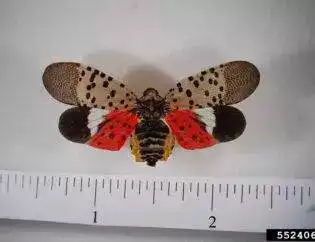

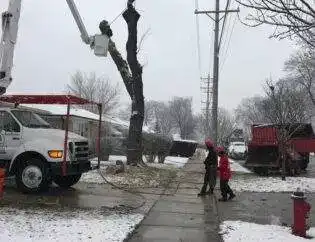
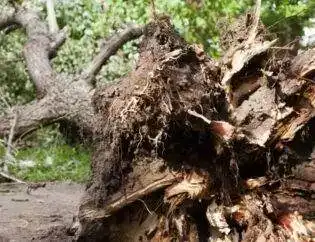
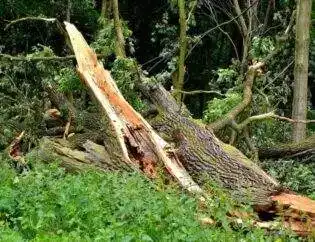

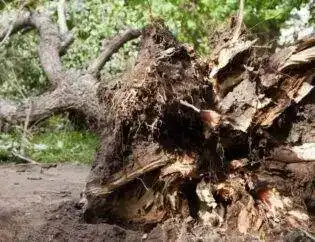


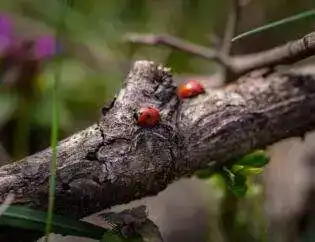
You must be logged in to post a comment.